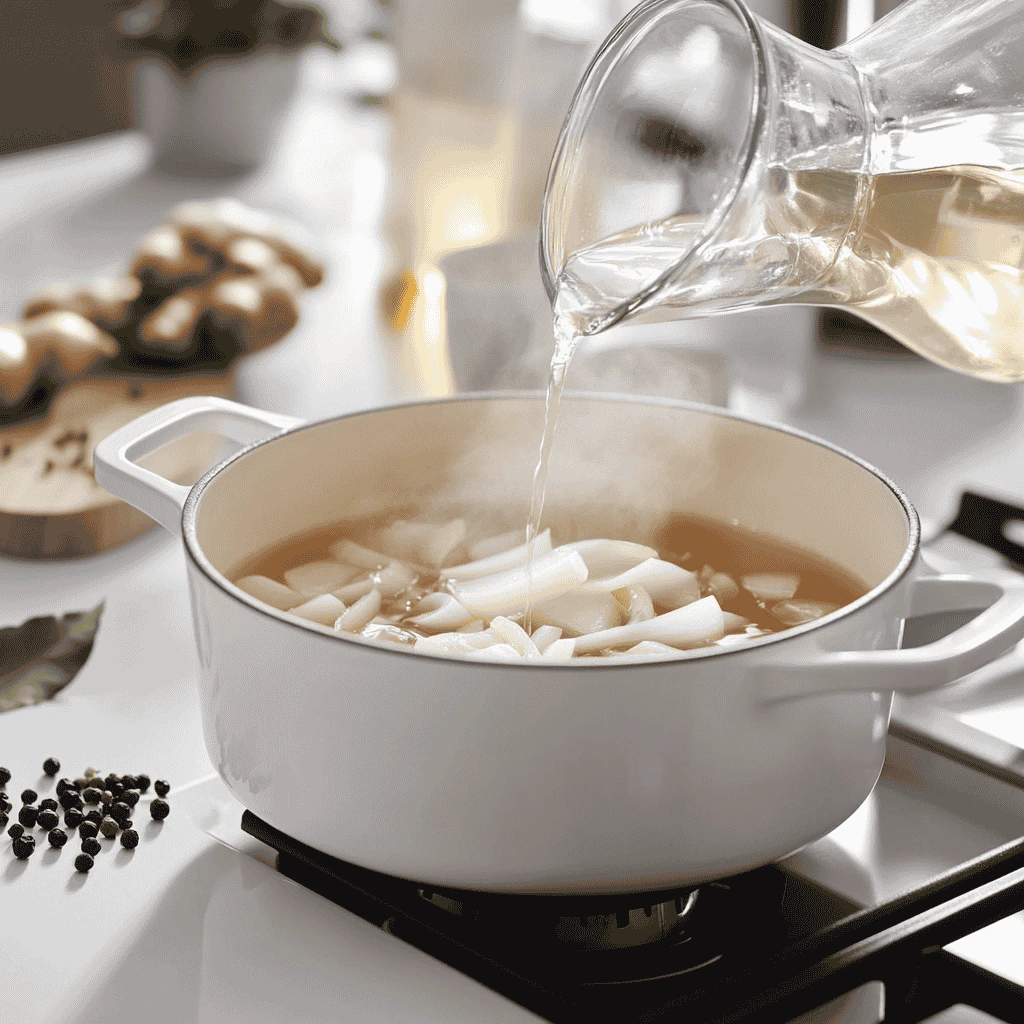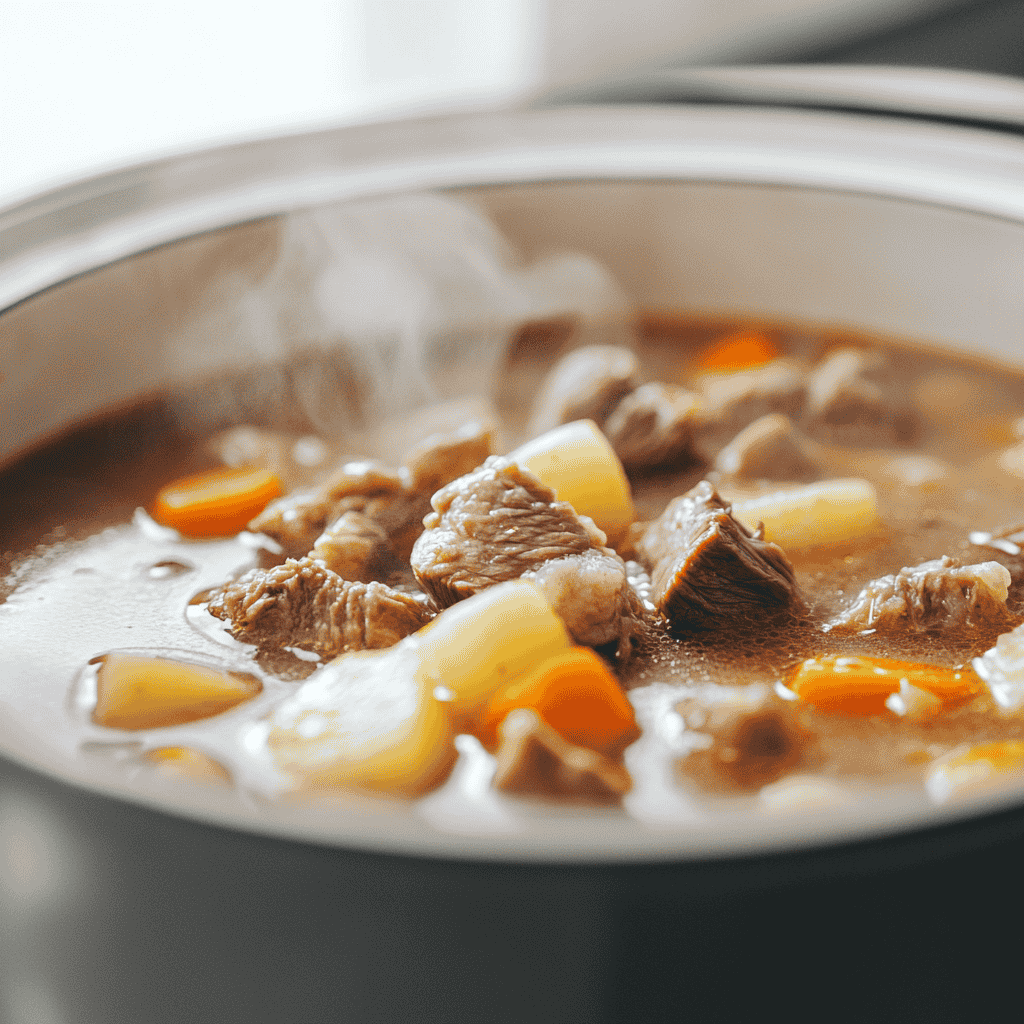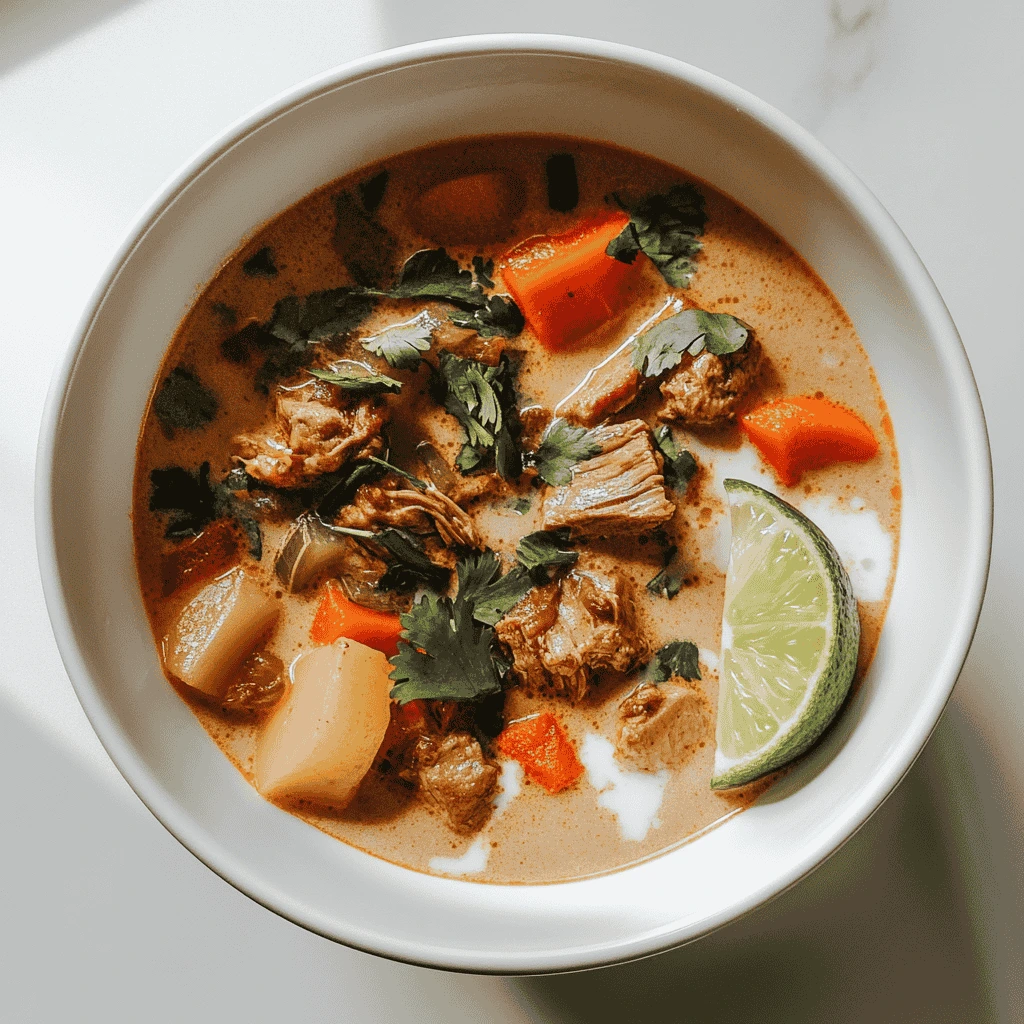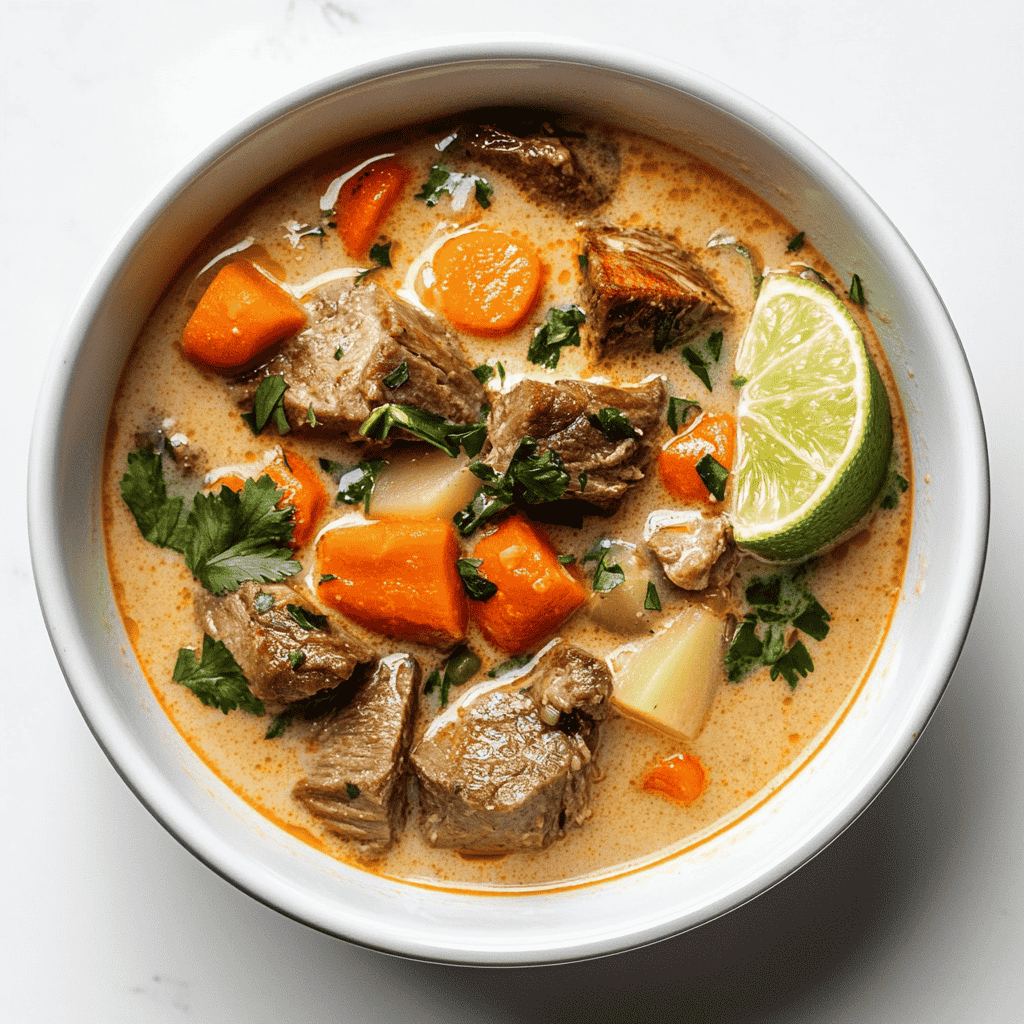🦔 Porcupine Soup: A Culinary Adventure Worth Exploring
A Brief History of Porcupine Soup
Porcupine soup is a traditional dish with deep cultural roots, particularly in regions where porcupines are considered a valuable source of protein. Historically, this soup has been cherished for its rich flavor, tender meat, and nourishing qualities. Indigenous communities often prepared it during gatherings, symbolizing warmth, community, and resourcefulness.
Why Porcupine Soup Is Unique and Worth Trying
What makes porcupine soup stand out is its distinctive gamey taste and nutritional richness. The meat is lean yet packed with protein, and when combined with aromatic herbs and slow-cooked vegetables, it transforms into a hearty and satisfying dish. This soup is not just about flavor; it’s about honoring tradition, exploring unique culinary experiences, and enjoying a meal that connects you to nature’s bounty.
Whether you’re an adventurous foodie or simply curious about trying something new, porcupine soup offers a delightful and memorable gastronomic journey.
📊 Nutrition Table (Per Serving)
| Nutrient | Amount per Serving |
|---|---|
| Calories | 350 kcal |
| Protein | 25g |
| Fat | 15g |
| Carbs | 30g |
⏲️ Cooking Time Table
| Step | Time |
|---|---|
| Prep Time | 30 mins |
| Cook Time | 1 hr |
| Total Time | 1 hr 30 mins |
| Servings | 4 servings |
✨ Inside this blog, you’ll learn:
- How to source and prepare porcupine meat safely.
- A step-by-step recipe for making the perfect porcupine soup.
- Tips for enhancing flavor with traditional herbs and spices.
- Unique variations of porcupine soup from different regions.
Get ready to embark on a culinary adventure unlike any other! 🍲
🥘 H2: Ingredients for Porcupine Soup

To prepare a scrumptious and proper Porcupine Soup, you will need a careful selection of ingredients. These components not most effective beautify the taste but additionally make certain a nutritious and hearty dish. Below, we’ll ruin down the important components, elective additions, and some substitutions in case you could’t discover porcupine meat domestically.
H3: Essential Ingredients
These are the middle substances required to make a traditional porcupine soup:
- Porcupine Meat: 1 kg, cleaned and cut into bite-sized portions
- Onions: 2 huge, finely chopped
- Garlic: four cloves, minced
- Ginger: 1 tablespoon, grated
- Carrots: 2 medium, diced
- Potatoes: three medium, cubed
- Tomatoes: 2 big, chopped
- Bay Leaves: 2 portions
- Black Peppercorns: 1 teaspoon
- Salt: To flavor
- Vegetable Oil: 2 tablespoons
- Broth (Chicken or Beef): 1 liter
H3: Optional Ingredients for Extra Flavor
Enhance your porcupine soup with those optionally available additions:
- Chili Peppers: 1-2, finely chopped (for additonal warmness)
- Cilantro: A handful, chopped (for garnish)
- Lime Juice: 1 tablespoon (for a tangy twist)
- Coconut Milk: half of cup (for a creamy texture)
H3: Ingredient Substitutions
If porcupine meat is not to be had, you could nonetheless enjoy this recipe with substitutions:
- Alternative Meats: Rabbit, fowl, or red meat can replace porcupine meat.
- Vegetarian Option: Replace meat with mushrooms and hearty veggies like zucchini or eggplant.
- Broth Alternatives: Vegetable stock can replace chicken or pork broth.
📝 Quick Tip:
Always make certain that porcupine meat is sourced from a trusted supplier and well cleaned before cooking. Fresh veggies and aromatic herbs will appreciably decorate the dish’s very last flavor.
Now that you have your elements geared up, permit’s pass directly to the training process and discover ways to nicely deal with porcupine meat. 🥄🍃
🔪 H2: How to Prepare Porcupine Meat for Soup
Preparing porcupine meat is a critical step to ensure your soup seems flavorful, soft, and secure to devour. Since porcupine is considered an exceptional meat, it requires cautious cleaning, proper seasoning, and attention to detail for the duration of preparation. In this segment, we’ll guide you thru each step to address and prepare porcupine meat to your soup.
H3: Cleaning and Preparing Porcupine Meat
- Rinse Thoroughly: Wash the porcupine meat underneath bloodless strolling water to get rid of any dust or residue.
- Remove Quills (if present): If the beef isn’t pre-wiped clean, cautiously eliminate any last quills the usage of tweezers or pliers.
- Trim Excess Fat: Remove extra fat or hard membranes for a cleaner flavor.
- Soak in Vinegar Solution: Soak the beef in water with 2 tablespoons of vinegar or lemon juice for 15-20 minutes. This helps neutralize any strong odors.
- Rinse Again: After soaking, rinse the meat one very last time with sparkling water.
Tip: Always deal with raw porcupine meat with easy utensils and surfaces to keep away from move-contamination.
H3: Marinating Techniques
Marination enables tenderize the beef and infuse it with rich flavors:
- In a blending bowl, combine:2 tablespoons soy sauce
- 1 tablespoon grated ginger
- 1 tablespoon minced garlic
- 1 teaspoon ground black pepper
- A pinch of salt
- Coat the porcupine meat very well with the marinade.
- Let it marinate in the fridge for at least 1 hour, or ideally in a single day for optimum taste.
Tip: Acidic components like lemon juice or vinegar in the marinade assist break down hard meat fibers.
H3: Safety Precautions
- Always ensure the meat is cooked to an internal temperature of as a minimum a hundred sixty five°F (74°C) to dispose of dangerous bacteria.
- Use separate utensils for raw and cooked meat to save you contamination.
- If you note an unusual smell even after marination, discard the meat.
📝 Quick Tip:
The training level is essential for doing away with any gamey flavor frequently related to amazing meats. Patience all through marination and cautious cleansing will bring about a greater exciting dish.
With your meat now prepped and geared up, let’s move directly to the thrilling component: cooking the Porcupine Soup step by step! 🍲🔥
🍲 H2: Step-by way of-Step Recipe for Porcupine Soup
Now that your porcupine meat is thoroughly cleaned, marinated, and prepped, it is time to cook dinner! This step-through-step manual will walk you thru the method of creating a flavorful and hearty bowl of Porcupine Soup. Follow each step carefully, and you will soon have a dish it’s both scrumptious and remarkable.
H3: Step 1 – Preparing the Broth
- In a big stockpot, heat 2 tablespoons of vegetable oil over medium warmness.
- Add chopped onions, garlic, and ginger. Sauté until they flip gentle and golden.
- Add the chopped tomatoes and cook dinner till they smash down into a thick sauce.
- Pour in 1 liter of bird or red meat broth and produce it to a mild boil.
- Add bay leaves, black peppercorns, and a pinch of salt.

Tip: A gradual simmer allows the flavors to meld collectively beautifully.

H3: Step 2 – Cooking the Porcupine Meat
- Add the marinated porcupine meat into the broth. Stir gently to combine.
- Reduce the heat to low and permit the soup simmer for approximately 1 hour.
- Skim off any foam or impurities that upward push to the surface to hold the broth clean.
- Add carrots and potatoes halfway through the cooking time.
Tip: Cooking slowly guarantees the porcupine meat will become tender and absorbs all of the flavors.
H3: Step 3 – Adding Final Touches
- Taste the soup and regulate the seasoning with salt and pepper if wished.
- If using, stir in coconut milk or a squeeze of lime juice for added richness or tang.
- Add freshly chopped cilantro just before serving for a burst of freshness.
Optional: For a spicy kick, upload chopped chili peppers at this degree.
H3: Step four – Serving the Porcupine Soup

- Ladle the recent porcupine soup into serving bowls.
- Garnish with greater cilantro and a drizzle of lime juice.
- Serve with heat crusty bread, rice, or steamed vegetables at the side.
Tip: For an genuine experience, serve in rustic bowls with wood spoons.
📝 Quick Tip:
The key to a a success porcupine soup lies in patience all through the simmering system. Allow the beef to tenderize absolutely and the broth to increase a deep, savory flavor.
With your soup geared up, let’s discover some presentation hints to make your dish visually appealing and amazing for your visitors! 🍵✨
🍽️ H2: Serving and Presentation Tips
The way you present your Porcupine Soup could make a enormous difference in how it’s loved. A properly-offered dish no longer most effective seems attractive but also complements the overall eating experience. In this segment, we’ll share suggestions on serving, pairing, and garnishing your porcupine soup for max visible and culinary impact.
H3: Best Side Dishes for Porcupine Soup
Pair your soup with facets that supplement its wealthy and hearty flavor:
- Steamed Rice: A easy facet that absorbs the flavorful broth.
- Crusty Bread: Perfect for dipping into the soup and soaking up each drop.
- Steamed Vegetables: Carrots, broccoli, or green beans add texture and freshness.
- Flatbread or Chapati: Great for a country, fingers-on eating enjoy.
Tip: Choose neutral-flavored sides to permit the bold flavors of the porcupine soup shine.
H3: Garnishing Ideas
Add a very last contact in your soup with those garnishing hints:
- Sprinkle freshly chopped cilantro or parsley on pinnacle.
- Add a wedge of lime at the side for squeezing.
- Drizzle some drops of coconut milk for a creamy swirl.
- Top with skinny slices of red chili pepper for a hint of spice.
Tip: A pop of fresh inexperienced herbs or vibrant chili can make the dish visually beautiful.
H3: Serving Suggestions
Serve your porcupine soup in a manner that complements its enchantment:
- Traditional Bowls: Use ceramic or clay bowls for an genuine appearance.
- Hot and Fresh: Serve the soup piping hot to hold its aroma and warmth.
- Family-Style Serving: Place the pot within the middle of the desk and allow all of us serve themselves.
- Individual Portions: For an stylish presentation, serve in deep bowls with a garnish on top.
Tip: If serving for a meeting, set up a soup station with sides and toppings for guests to customize their bowls.
📝 Quick Tip:
Always flavor your soup before serving and adjust the seasoning if wanted. A squeeze of lime or a pinch of salt could make all the difference in balancing flavors.
With your soup beautifully presented and ready to serve, allow’s move directly to a few often requested questions to deal with any lingering doubts approximately making ready or enjoying Porcupine Soup. 🍵✨
❓ H2: Frequently Asked Questions (FAQs)
In this section, we’ll address some of the most common questions about getting ready and enjoying Porcupine Soup. Whether you are a first-time cook or a pro chef, these answers will assist you’re making the maximum out of this specific dish.
1. What does porcupine soup taste like?
Porcupine meat has a taste profile just like game meat, with a barely earthy and mildly sweet taste. When cooked in a well-seasoned broth, it absorbs the flavors of the herbs and spices beautifully, ensuing in a wealthy, hearty soup.
2. Is porcupine meat safe to devour?
Yes, porcupine meat is secure to devour as long as it’s miles sourced from a good supplier and cooked nicely. Ensure the beef is wiped clean very well and cooked to an inner temperature of a hundred sixty five°F (74°C) to eliminate any harmful bacteria.
3. Can I alternative porcupine meat with some other form of meat?
Absolutely! If porcupine meat isn’t to be had, you could use alternatives like rabbit, chook, or beef. Each substitute will slightly adjust the taste, however the recipe will remain scrumptious and pleasurable.
four. How long does porcupine soup closing in the fridge?
When stored in an airtight box, porcupine soup can last for 3 to 4 days inside the fridge. For longer garage, freeze the soup in component-sized containers, in which it is able to last for up to three months.
5. Are there regional variations of porcupine soup?
Yes, porcupine soup is prepared in a different way depending on local traditions. Some cultures add coconut milk for creaminess, whilst others use highly spiced peppers for an extra kick. Feel loose to test with flavors that suit your taste alternatives.
6. Can I make porcupine soup in a slow cooker?
Yes, a gradual cooker is an amazing option for porcupine soup. Cook the soup on low warmness for 6-8 hours or on excessive warmness for three-4 hours to allow the beef to emerge as soft and the flavors to absolutely broaden.
📝 Quick Tip:
If you are new to cooking special meats, always begin with a small batch to get familiar with the flavors and training techniques.
With these regularly requested questions covered, you’re now fully ready to prepare, serve, and revel in your home made Porcupine Soup. Let’s wrap up with a very last concept and phone-to-movement inside the end segment! 🍲✨
📝 Conclusion: A Culinary Adventure with Porcupine Soup
Congratulations! You’ve now unlocked the secrets and techniques to making ready a scrumptious and hearty bowl of Porcupine Soup. From carefully selecting and making ready the meat to simmering it to perfection in a flavorful broth, every step contributes to growing a dish that’s each particular and fulfilling.
This soup isn’t pretty much nourishment—it’s about embracing culinary interest and exploring flavors beyond the everyday. Whether you’re serving it to own family, friends, or enjoying it to your very own, Porcupine Soup is certain to depart an enduring impact.
✅ Key Takeaways:
- Proper cleaning and marinating ensure the best taste.
- Slow cooking brings out the richness of the meat and broth.
- Garnishes and facet dishes increase the eating experience.
If you loved this recipe, don’t overlook to leave a remark underneath and let us recognize how your porcupine soup became out. Share your personal recommendations, variations, or maybe images of your dish!
👉 Feeling adventurous? Share this recipe with your buddies and invite them to attempt it too.

